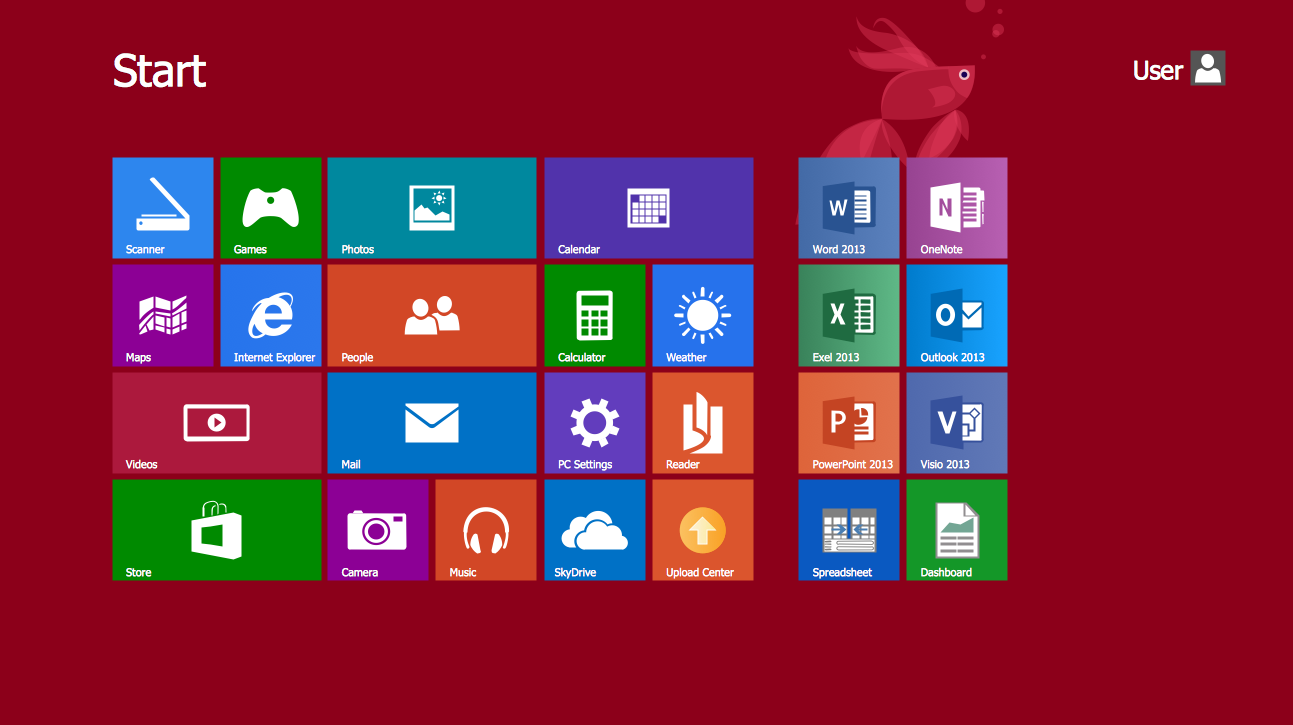Gone are the days where operating computers required an encyclopedic knowledge of code and the inner workings of a system. In order for computers to take off, they had to become more user-friendly.
Enter graphical user interfaces, GUI for short, and then things changed. The GUI provided an intuitive way to navigate around and interact with a computer, eliminating the steep learning curve previously required to use a PC.
Originally designed with a keyboard and mouse configuration in mind, GUIs are now seen from computers to fridge-freezers thanks to the advent of touchscreen technology. They have also made building websites far easier to accomplish now than ever before.
Services such as WordPress and Wix now offer platforms that are heavily-reliant on ultra-intuitive GUI to enable users to build websites, a task previously only tackled by those with deep knowledge of HTML, CSS, and Javascript.
There is no single inventor of the GUI but it is associated with some of the heavy hitters in the computing sphere, for example, Apple was the first to implement a GUI to its Lisa and Macintosh computers.
Originally designed with a keyboard and mouse configuration in mind, GUIs have evolved exponentially and advancements continue to be developed. Experienced users sometimes prefer a command line interface because, when used properly, computing processes can be streamlined and made much quicker. GUIs also demand more memory and processing power, but with modern computing technology and software optimizations, it's not going to be the first thing you strip away in order to get a performance boost from your PC.
What are the benefits of a graphical user interface?
The major benefit of a GUI is that systems using one are accessible to people of all levels of knowledge, from an absolute beginner to an advanced developer or other tech-savvy individuals. They make it simple for anyone to open menus, move files, launch programs or search the internet without having to tell the computer via the command line to carry out a function.
GUIs also provide instant feedback. Clicking an icon will open it up, for example, and this can be seen in real-time. Using a command line interface, you won’t know whether it’s a valid entry until you hit return; if it’s not valid, nothing will happen.
What are the disadvantages of using a graphical user interface?
Because the elements are graphics rather than text, GUIs can use a lot more processing power compared to a standard text-based UI.
Additionally, advanced users can find GUIs frustrating, because often a chain of actions will have to happen (such as opening up a menu, navigate to the file you want to open, click it) before the process is complete. With a text or command-line UI, one single line can be inputted and it will be actioned.
The history of graphical user interfaces:
The first graphical user interface was developed in 1981 at Xerox PARC by Alan Kay, Douglas Engelbart alongside other researchers who realized that having a graphical representation of an operating system would make it more accessible to the masses.
The first commercial use of a GUI was in the Apple Lisa computer in 1983. Before this, computers such as MS-DOS and Linux used command-line UIs, as their usage was limited to advanced business users rather than consumers.
A year later, Apple Macintosh became the most popular commercial computer with a GUI. Microsoft’s followed suit in 1985 with Windows 1.0, although Windows 2.0 was a significant improvement when it was launched in 1997. It wasn’t until 1995 and the launch of Windows 95 that Microsoft caught up with Apple’s commercial success in the world of GUI systems.
What could a graphical user interface be used for?
GUIs are used for the majority of computer operating systems, mobile operating systems and software in existence. Although some operating systems, such as Linux, still use command-line interfaces, this makes them less mainstream because they are only suitable for those who have an in-depth knowledge of commands.






No comments:
Post a Comment